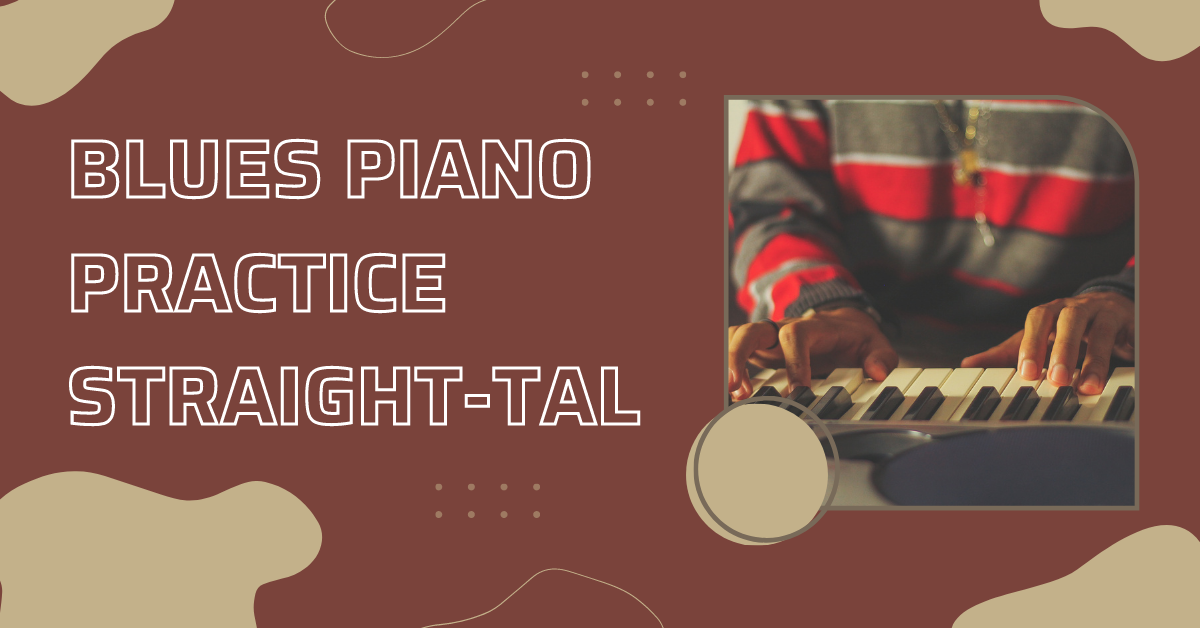Blues Piano Practice Direct Straight-Talk

Blues piano practice straight-talk? What does that mean? Well, in this article you're in for a little treat. In this article we're going to reveal some blunt thoughts and tips for playing and practicing the piano - some "straight talk" if you will.
As educators, we have a love and fondness for the material we teach, the students who seek to improve their skills, and the masters who set the bar high.
But we also see some very common and recurring mistakes and deficiencies among students. We try to find encouraging, positive ways to critique these errors and re-focus the student.
But some students prefer the straight talk, the "don't beat around the bush, give it to me straight" kind of talk. In the spirit of fun, that's what we're presenting here.
Blues Piano Practice: Digital Diarrhea
Sounds gross, right? It's a colorful expression to say something simple. "Digital" refers to "digits," as in "fingers." And "diarrhea," well... I think we all know what that means. It's a musician term that refers to someone (usually pianists and guitarists) whose fingers won't stop running.
Have you ever heard a player who plays too much? Maybe they're even a really good player, but they simply play endless runs of notes and licks, without taking any rests or pauses? "Hey man, that guy has a bad case of digital diarrhea." Don't let that be you.
Blues Piano Practice: Sweat the Technique
Ok, as much as digital diarrhea is a bad thing, there is still some value in being able to play an endless, run-on cascade of notes. The tip here is that you have to be able to play a whole bunch of nothing. Translation: In order to be able to play some cool jazz and blues solos, you first have to have the technical ability to simply play your scales without messing up. Once you can play some scales fluidly it will be much easier to insert rhythmic and syncopated ideas.
Blues Piano Practice: Comping "Do's and Don'ts"
Comping is unique to pianists and guitarists. As a pianist you want to make sure that you're a sensitive comper, not an obnoxious comper.
What's the difference?
A good comper listens and responds to the soloist and rhythm section, leaves space for the soloist, plays with dynamics that are appropriate, and plays in a register of the piano that accentuates the soloist.
A bad comper plays louder than the soloist, ignores the idea of "economy of notes," and plays too much and too intrusively over the soloist.
There are many blues comping lessons in Jazzedge Academy. So, if you need blues piano help with comping or basslines, head to Jazzedge Academy.
Blues Piano Practice: Learn the Melody
Too often on blues tunes the piano player doesn't know the melody. Some think "why bother? The chords are all the same anyway? And the singer/guitarist/singer/etc. plays the melody, so why should I care?"
The truth is you can probably get away with not learning many of the blues melodies. But in the jazz world the piano player often is relied upon to play the melody, and sometimes those melodies are tricky.
So be sure to practice those tricky right-hand melodies - don't be lazy.